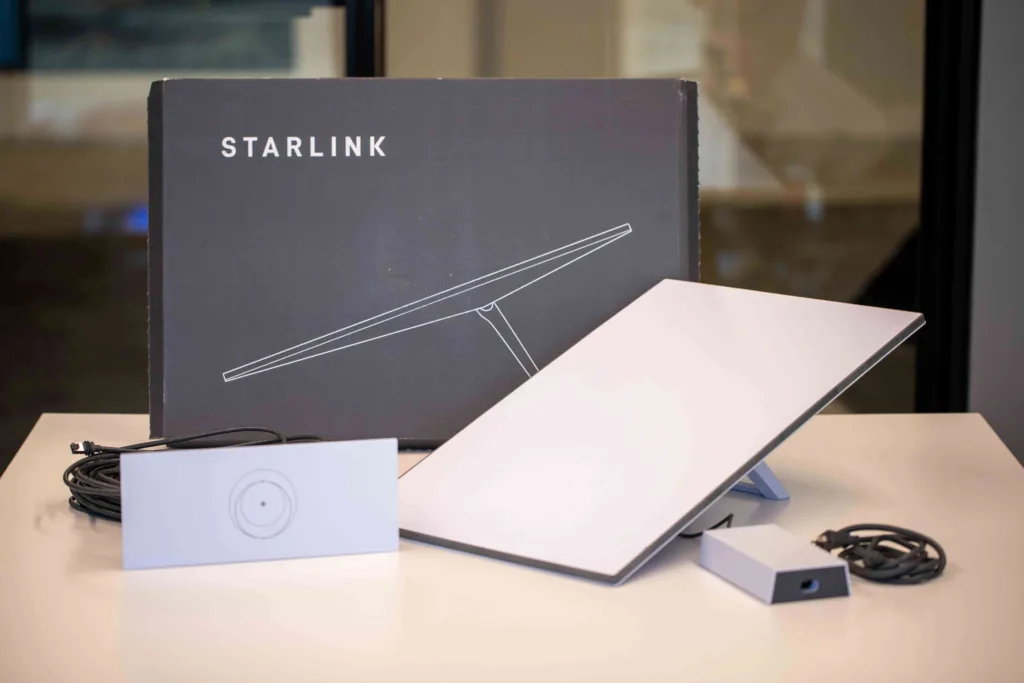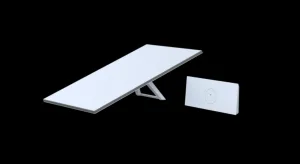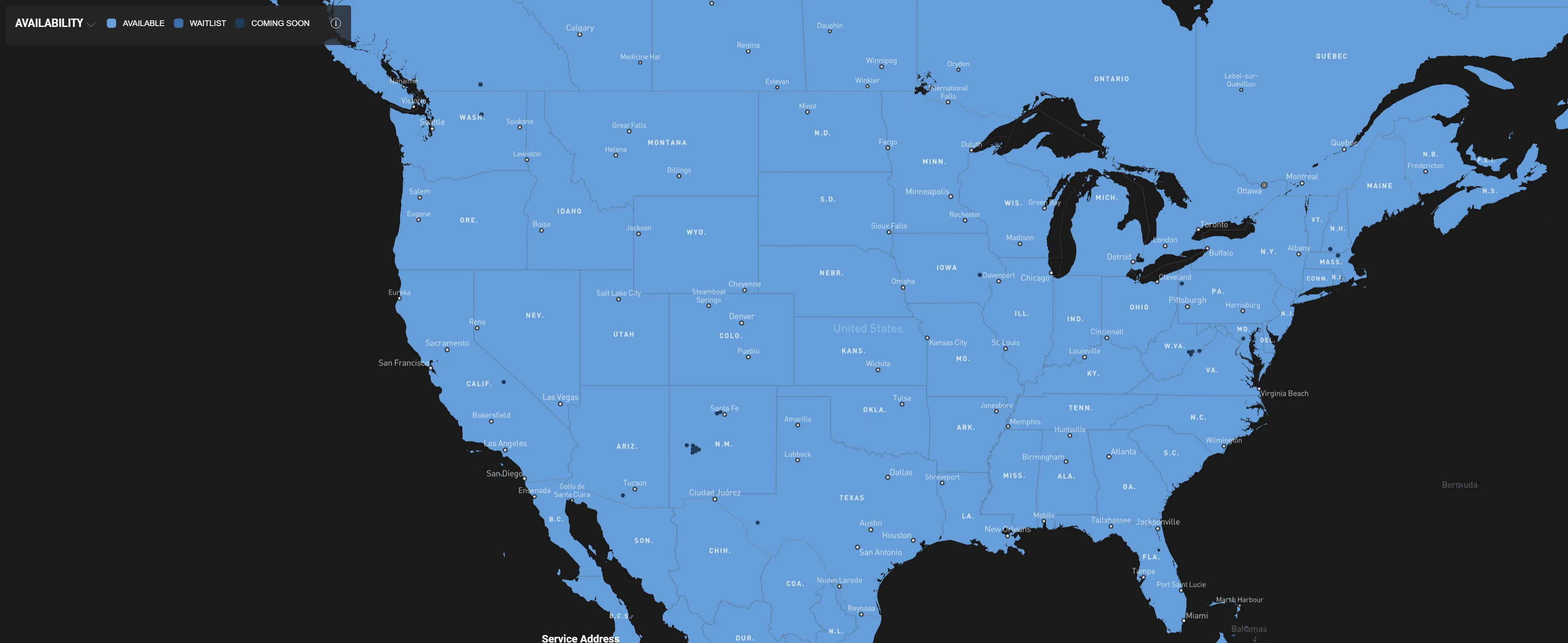Starlink by SpaceX has quickly become the preferred choice of satellite and rural internet solutions. Its revolutionary technology has changed not only satellite internet but global communication as a whole. It's a perfect solution for getting high-speed internet nearly anywhere, whether you live off-grid or are a globetrotter.
SatelliteInternet.com has a collective 15 years worth of experience researching and writing about satellite internet to help people find the best internet solution, no matter where they are.








